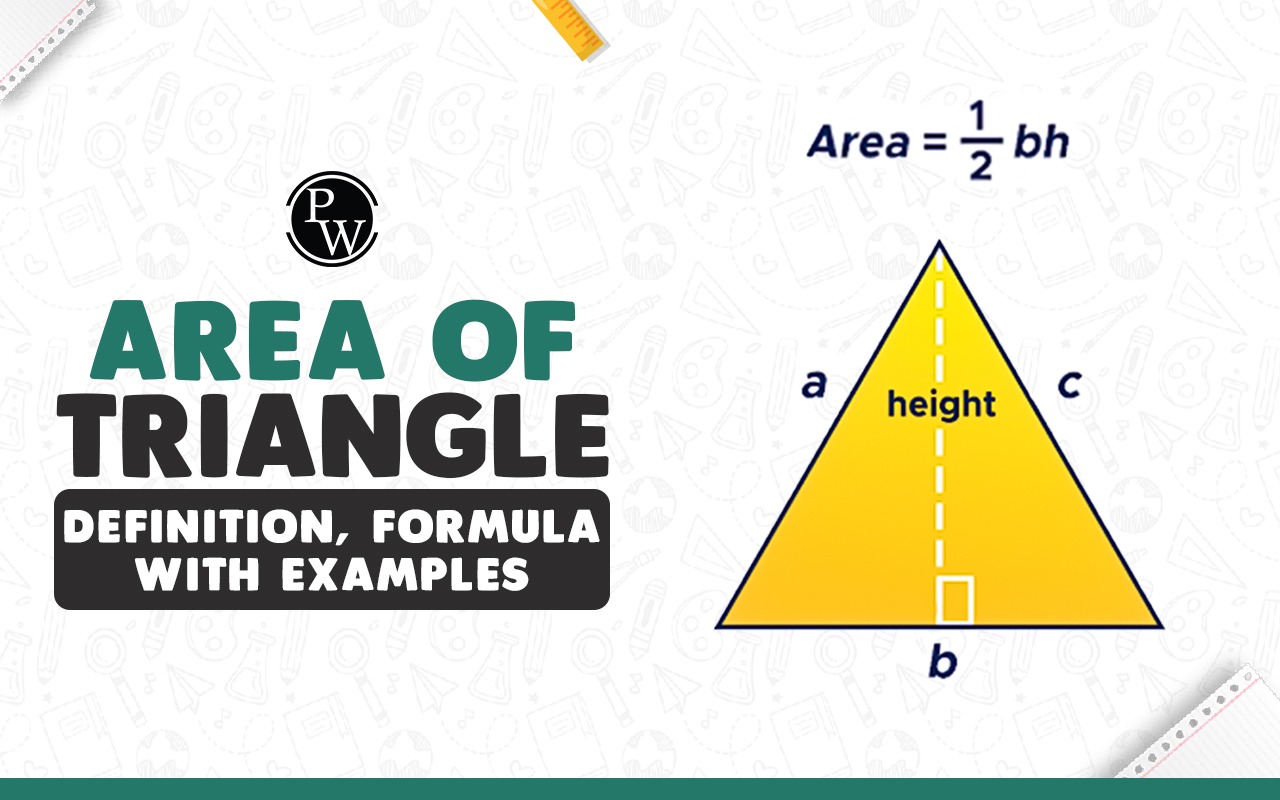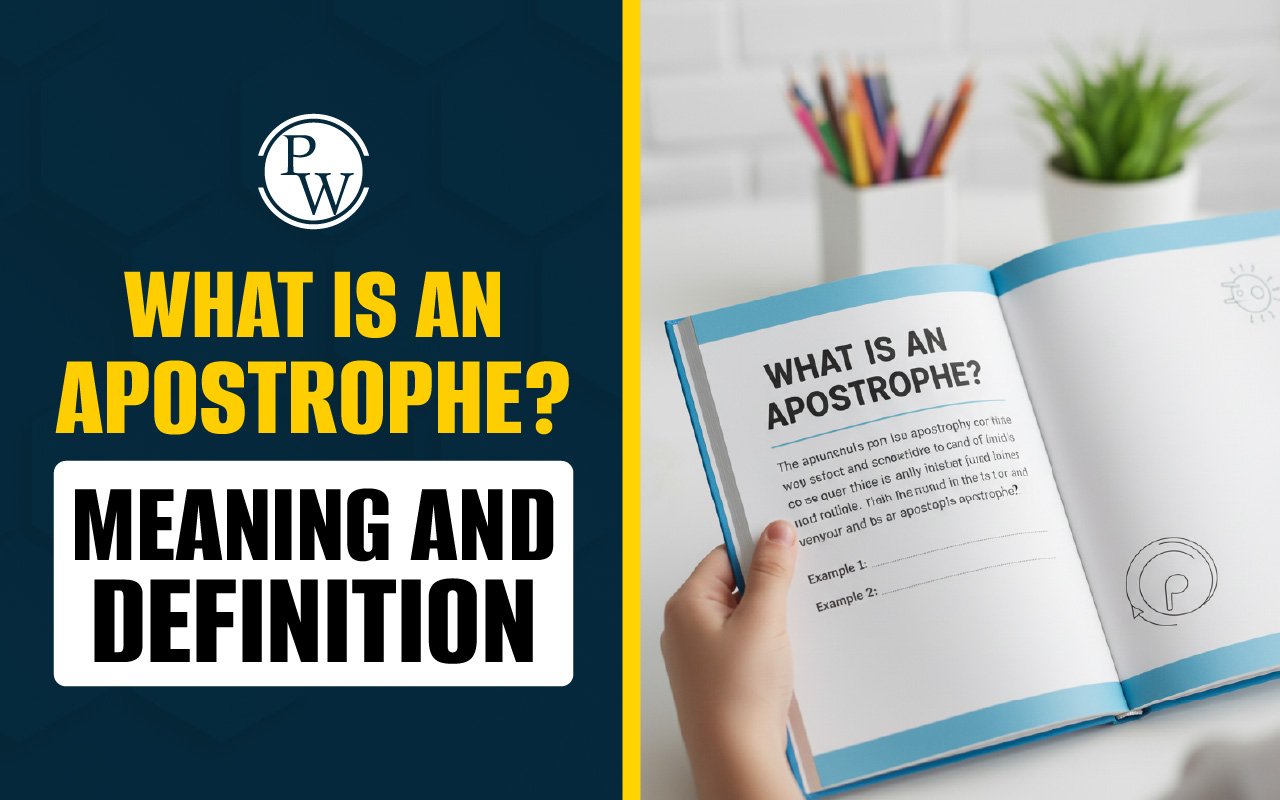

What is Synthetic Fibers?
Synthetic fibers, or manmade fibers, are made from chemical processes, often using petroleum-based polymers as the main raw ingredient. Unlike natural fibres made from plants or animals, synthetic fibres definition highlights that they are designed with specific synthetic fibres properties such as strength, elasticity, and durability.
They are also resistant to moisture and stains. Synthetic fibers are used in clothing, furnishings for the home, various industrial textiles, and technical fabrics. Synthetic Fibres examples include polyester, nylon, acrylic, and spandex. The use of synthetic fibers has changed the textile industry by providing cost-effective, versatile, and high-performance fibers that meet modern life and technology needs.
Difference Between Natural Fibres and Synthetic Fibres
Knowing the difference between natural fibres and synthetic fibres helps in selecting the right material for various purposes. Natural fibers come from plants and animals, while synthetic fibers are man-made through chemical processes. The table below highlights the difference between Natural fibers and Synthetic fibers:
|
Difference Between Natural fibres and Synthetic fibres |
||
|
Feature |
Natural Fibres |
Synthetic Fibres |
|
Source |
Obtained from plants (cotton, jute) or animals (wool, silk) |
Man-made through chemical processes from polymers |
|
Strength |
Generally less strong and may wear out faster |
Stronger and more durable |
|
Elasticity |
Limited elasticity |
Highly elastic (can be engineered for stretch) |
|
Moisture Absorption |
Absorb water easily |
Water-resistant or hydrophobic |
|
Wrinkle Resistance |
Prone to wrinkling |
Resistant to wrinkles |
|
Biodegradability |
Biodegradable and eco-friendly |
Non-biodegradable (depends on type) |
|
Cost |
Usually more expensive |
Often more cost-effective |
|
Uses |
Clothing, home textiles |
Clothing, industrial fabrics, upholstery, sportswear |
Read More - Friction: Cracking the Code of Friction and Resistance
Types of Synthetic Fibres
There are various types of synthetic fibres. Each has its unique characteristics and uses. They are classified based on polymer composition and functional properties. The table below highlights some common types of Synthetic Fibers, along with Synthetic Fibre properties, Synthetic Fibre uses:
|
Types of synthetic fibres |
||
|
Synthetic Fibre |
Properties |
Common Uses |
|
Polyester |
Strong, durable, wrinkle-resistant, quick-drying |
Clothing, home textiles, industrial fabrics |
|
Nylon |
High strength, elastic, abrasion-resistant |
Ropes, stockings, parachutes, sportswear |
|
Acrylic |
Lightweight, soft, wool-like, resistant to moths |
Sweaters, blankets, upholstery |
|
Spandex (Lycra) |
Highly elastic, flexible, durable |
Sportswear, activewear, swimwear |
|
Rayon (Semi-synthetic) |
Soft, absorbent, smooth |
Clothing, linings, home textiles |
Read More - Three States of Matter: Solids, Liquids, and Gases
Why Synthetic Fibers Are Important?
Synthetic fibers have become increasingly important in the everyday lives of consumers due to their versatility, durability, and low cost. Synthetic fibers can be engineered to fulfill specific demands as compared to natural fibers, ranging from basics in everyday clothing to specialty industrial applications. Knowing their importance helps in choosing the right material for fashion, home textiles, sportswear, and technical fabrics. Below are the importance of Synthetic Fibers:
-
Consistent Quality: Manufactured under controlled conditions, synthetic fibers offer consistent strength, texture, and performance.
-
Improved Durability: Synthetic fibers are strong, long-lasting, and provide increased resistance to wear and tear, moisture, and stains.
-
Wide Varieties of Applications: Synthetic fibers have found their way into clothes, home textiles, industrial and specialty fabrics, sportswear, and technical fabrics.
-
Resource Efficient: Synthetic fibers lessen the reliance on natural fibers and help conserve resources and substances, i.e., animal or agricultural.
-
Cost Effectiveness: Synthetic fibers can be produced at a lower cost than many natural fibers, which can allow for cost-effective products.
-
Technological Innovation and Properties: Synthetic fibers can be engineered to specific purposes, including elasticity, fire resistance, or water repellent properties.
-
Adaptability: Synthetic fibers can be applied in a variety of environments, functional needs, and conditions, making them the most versatile option.
Read More - Combustion and Flame: Illuminating the Science of Fire for Young Minds
Synthetic Fibres Examples
Synthetic fibres examples show how man-made fibers are used in everyday life and specialized applications. These fibres are designed for strength, durability, and versatility, making them ideal for fashion, home, and industrial uses.
-
Polyester: Durable and wrinkle-resistant. It is used in T-shirts, jackets, bedsheets, curtains, and rusable shopping bags.
-
Nylon: Strong and elastic. It may be found in stockings, parachutes, ropes, backpacks, and sports shoes.
-
Acrylic: Soft, lightweight. It is used in sweaters, scarves, blankets, upholstery, and outdoor clothing.
-
Spandex (Lycra): Excellent elasticity and flexibility. It is perfect for leggings, sports bras, swimsuits, cycling shorts, and compression.
-
Rayon (treat): Smooth, soft, and absorbent. It is usually used in dresses, skirts, linings, curtains and pillow covers.
Give Your Child Extra Support to Learn Better With CuriousJr
Many parents feel concerned when their child struggles to recall lessons from school while doing homework, especially in subjects like Science and Maths. This usually happens because children need extra guidance and practice to build a strong foundation in basic concepts.
CuriousJr’s Online Tuition Classes make learning interactive, simple, and enjoyable. With two dedicated mentors in every class, topics are explained step by step through relatable examples and fun activities. This approach helps children understand concepts clearly, develop logical thinking, and stay curious about the world around them.
Parents are also kept informed with regular updates and progress reports, ensuring complete visibility of their child’s learning journey. Give your child the support they need to enjoy Science and gain confidence. Book a demo class today and experience how CuriousJr makes learning both easy and effective.
Synthetic Fibers FAQs
What are synthetic fibres?
How are synthetic fibres different from natural fibres?
Can synthetic fibres be used in clothing?
What are the types of synthetic fibres?
Why are synthetic fibres preferred in industries?













